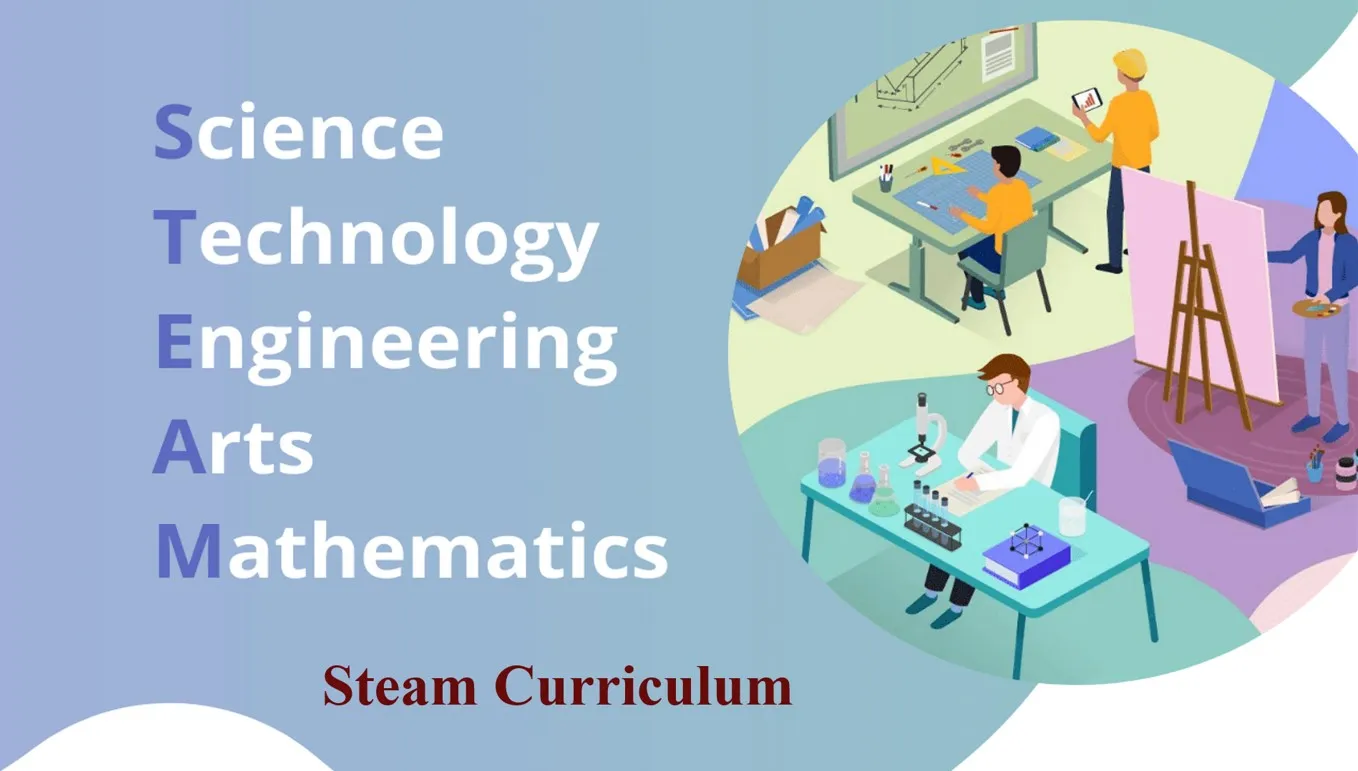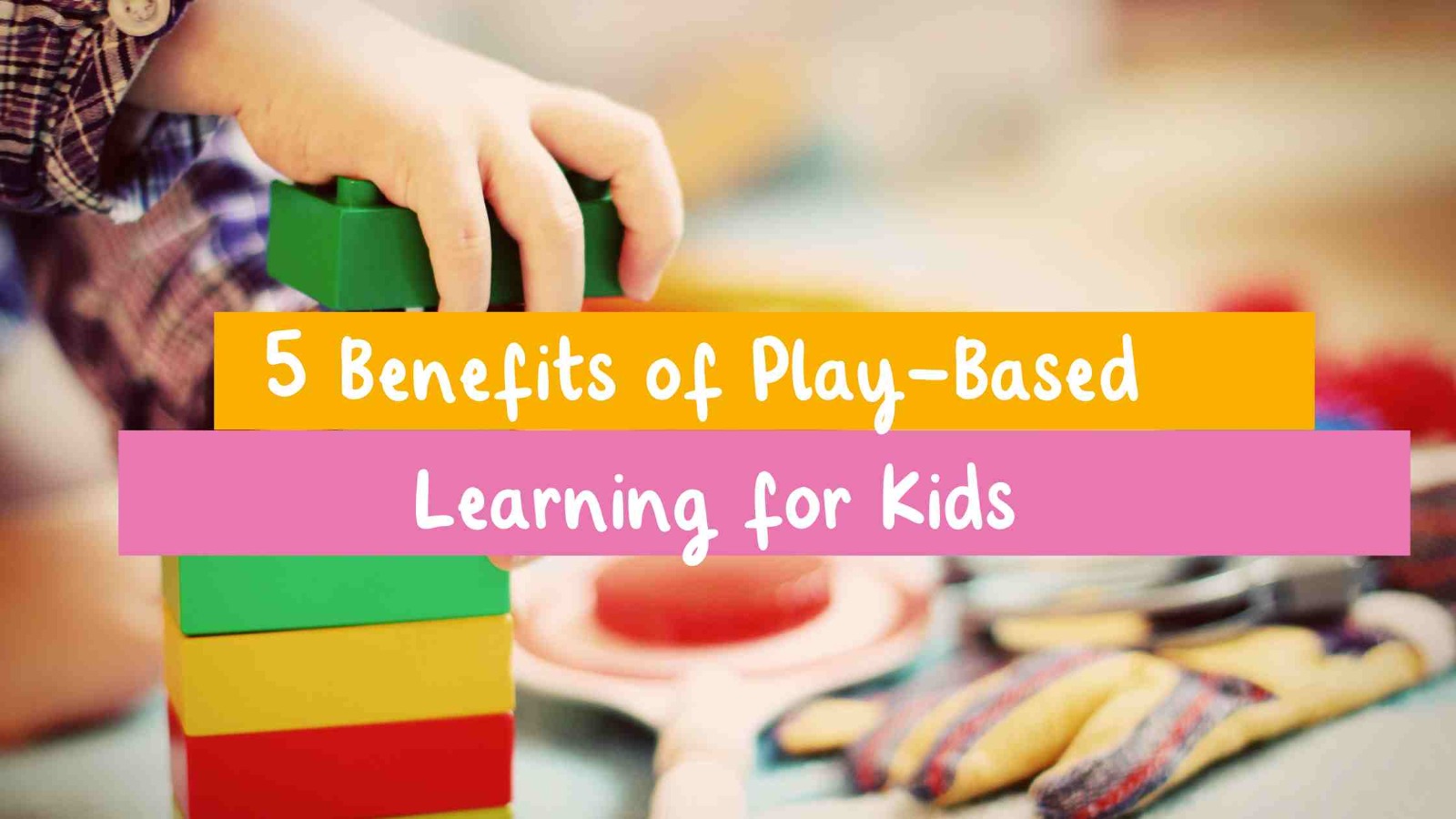STEAM Education
STEAM Education is a way to deal with instructing and discovering that consolidates science, innovation, designing, human expression, and math to direct understudy requests, conversation, and critical thinking. Training specialists say STEAM instruction is about more than creating viable abilities alone. It additionally assists understudies with fostering the ability to:
- Face smart challenges
- Participate in significant learning exercises
- Become tough issue solvers
- Embrace and value cooperation
- Work through the inventive strategy
Through STEAM, understudies are enabled to be interested students who look for savvy solutions to assignment questions they can't simply look for web-based, driving understudies to foster the delicate and hard abilities important to prevail in school and their professions.

STEAM in school
Utilize the Teach Unplugged Method and Philosophy
There are such a lot of upgrades in the study hall that anything can turn into an interruption. Whenever you ask instructors what the greatest interruptions in the homeroom are, innovation and off-theme discussion can frequently be the first spot on the list. At SAM Labs we comprehend the need to give understudies the space to reflect all through the STEAM picking-up experience. Teaching Unplugged is a technique that intends to strip away all types of outer improvements — not simply negligible innovation utilization or talking — to invigorate a connection with the learning climate. Strangely, the model suggests briefly eliminating numerous interruptions or wellsprings of "obstructions" among educators and understudies.
Conceptualize Projects — and afterward Swap Ideas
Project-based Learning! Carrying out STEAM in your homeroom assists understudies with envisioning a certifiable setting by chipping away at projects that give answers to regular issues. Shockingly better, when understudies work in gatherings, they expand on their delicate abilities, similar to correspondence, cooperation, and social skills. First, have understudies work in gatherings to think of a task thought. Then, at that point, make the test one stride further by presenting a wind: after bunches have settled on a plan, have bunches trade activities to chip away at another person. Allow them 15 minutes to clear up for one another what the undertaking ought to involve.
Learn Through Conversation
Perhaps the most remarkable way that an understudy can learn is through insightful discussion. Learning through discussion is the possibility that understudies can talk gainfully in class while the instructor tunes in. Partitioning students into gatherings to converse with each other can frequently bring about understudy to-understudy education minutes. Also, as an aftereffect, gives understudies who might not have the commonality or trust in talking about something they don't completely figure out the capacity to do as such.
STEAM Curriculum
Science, Technology, Engineering, Arts, and Math contain STEAM learning. STEM/STEAM-based programs adopt an incorporated strategy for learning and instructing, which requires a deliberate association between educational plan learning goals, principles, appraisals, and illustration plan/execution. STEM/STEAM learning applies significant math, science, and innovation content to tackle genuine issues through involved learning exercises and imaginative plans.
Conclusion
For a long time in instruction, we've been working with the assumption of educating to guarantee our understudies get a "great job". Yet, what does that resemble? We are planning understudies for occupations that don't even exist. We are where it isn't just imaginable, yet basic that we work with learning conditions that are liquid, dynamic, and important. Not a single one of us heads outside and takes a gander at a tree and says, "that is a tree, so that is science" or, "the sky is blue, so that is art."Our world is a delightful, complex, and multifaceted embroidered artwork of realizing all by its own doing. For what reason do we accept that we have the capacity or the option to enclose it behind block facades and study hall entryways in a spot called school?




